RBA reiterated its rate views in the February meeting minutes but sounded more cautious regarding the downturn in housing markets. The central bank maintained that “given that further progress in reducing unemployment and lifting inflation was a reasonable expectation, members agreed that there was not a strong case for a near-term adjustment in monetary policy.”
And, the minutes echoed Governor Philip Lowe’s comments too. That is, “there were significant uncertainties around the forecasts, with scenarios where an increase in the cash rate would be appropriate at some point and other scenarios where a decrease in the cash rate would be appropriate.” Most importantly, “the probabilities around these scenarios were now more evenly balanced than they had been over the preceding year, when an eventual increase in the cash rate had appeared more likely.”
RBA tied the subdued consumption growth in Q4 to the possibility of being influenced by “lower housing prices and reduced housing market activity”. On housing, RBA admitted that “dwelling investment was also expected to decline more sharply than previously expected, consistent with the decline in residential building approvals and the fall in housing prices”.
And, “members observed that if prices were to fall much further, consumption could be weaker than forecast, which would result in lower GDP growth, higher unemployment and lower inflation than forecast.”
Full minutes here.




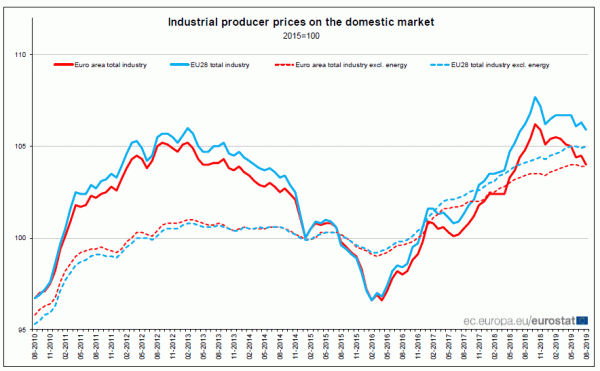
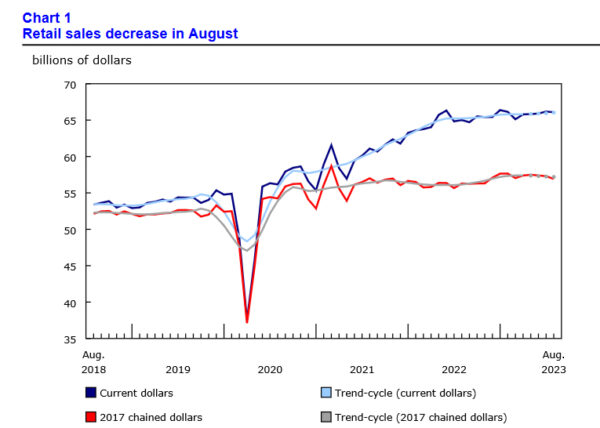
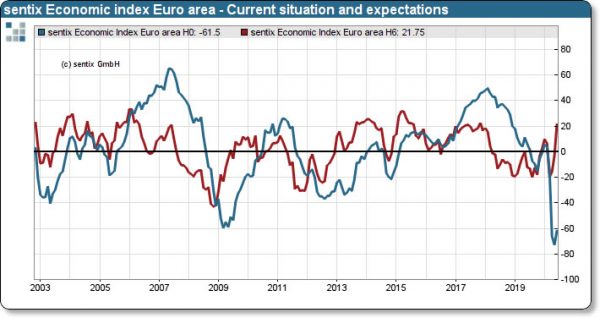
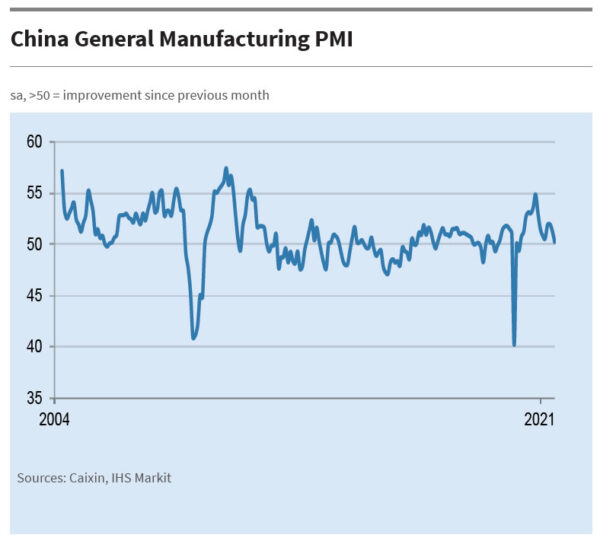
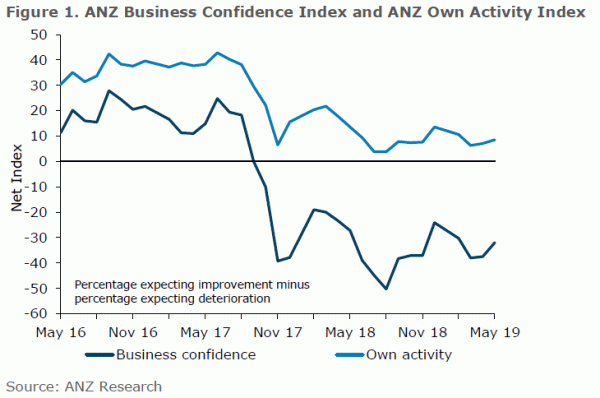
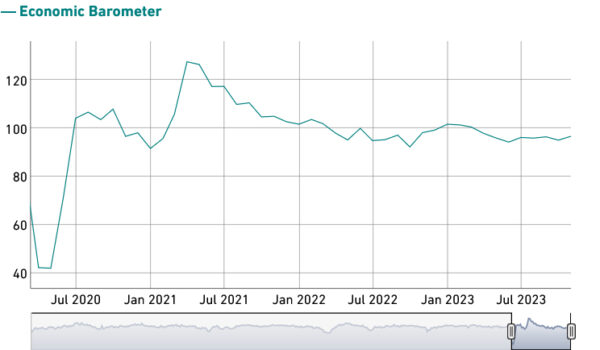
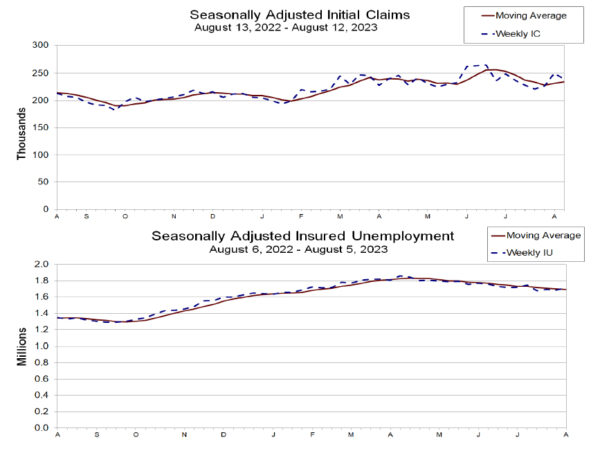

US Yellen: Higher interest rate environment is a plus for society and Fed
US Treasury Janet Yellen said in a Bloomberg interview that the USD 4T spending plan would be good even if it results in higher inflation and interest rates. “If we ended up with a slightly higher interest rate environment it would actually be a plus for society’s point of view and the Fed’s point of view,” she added.
“We’ve been fighting inflation that’s too low and interest rates that are too low now for a decade,” the former Federal Reserve chair said, adding that “we want them to go back to” a normal interest rate environment, “and if this helps a little bit to alleviate things then that’s not a bad thing — that’s a good thing.”